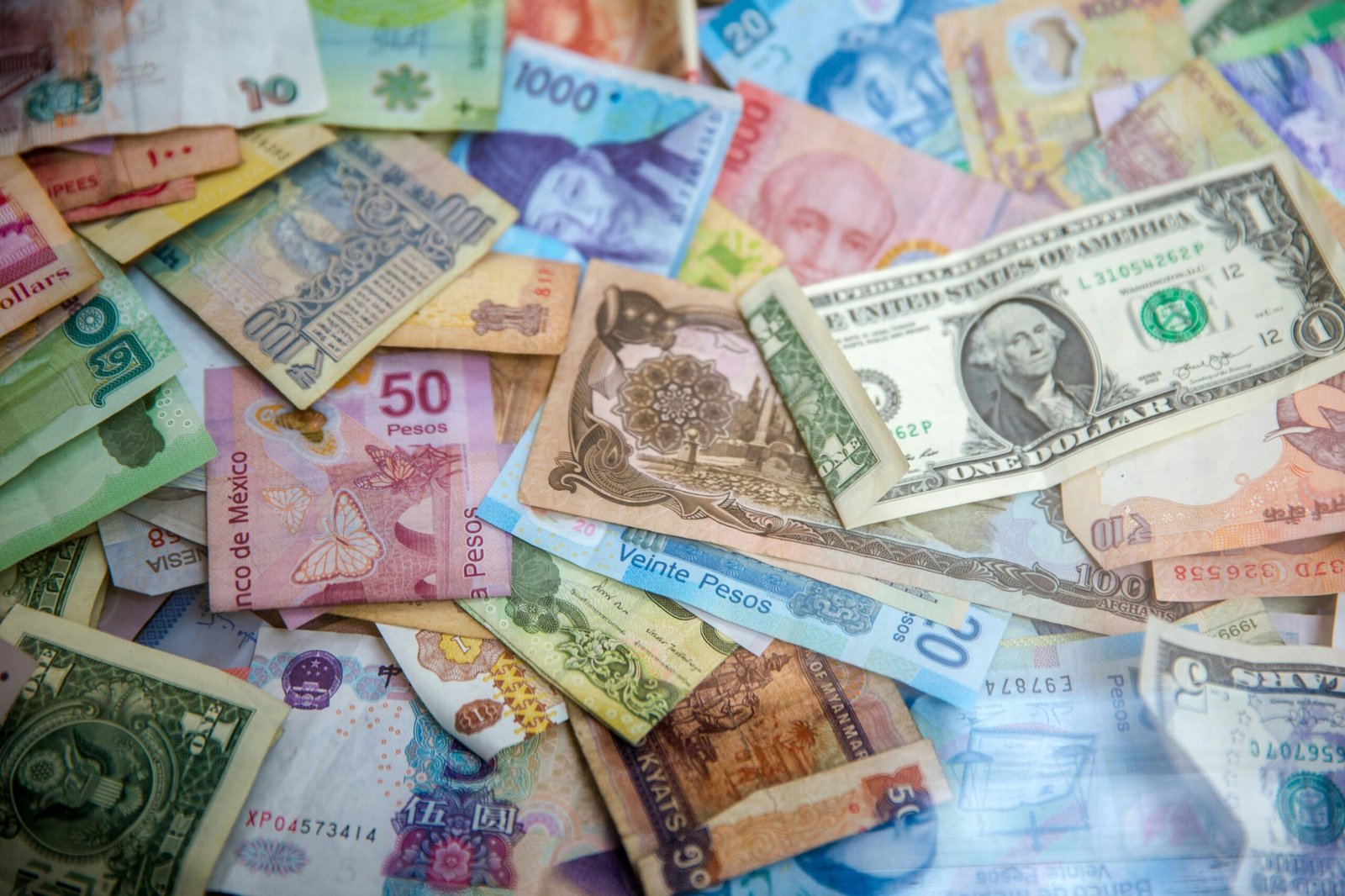When it comes to the global economy, currencies play a crucial role in determining the strength and stability of a nation. A strong currency can have a significant impact on a country’s economic power and influence. In this blog post, we will explore the concept of the strongest currency in the world and discuss some of the factors that contribute to its strength.
What makes a currency strong?
Before we delve into the strongest currency in the world, it’s important to understand the factors that contribute to a currency’s strength. Here are a few key indicators:
- Economic stability: A strong currency is often associated with a stable and robust economy. Countries with low inflation rates, low unemployment rates, and a strong GDP tend to have stronger currencies.
- Interest rates: Higher interest rates can attract foreign investors, leading to an increase in the demand for a country’s currency. This increased demand can contribute to a currency’s strength.
- Political stability: Political stability is crucial for maintaining a strong currency. Countries with stable governments and policies that promote economic growth are more likely to have a strong currency.
- Trade balance: A country with a positive trade balance, meaning it exports more than it imports, is likely to have a stronger currency. This is because foreign countries need to purchase the country’s currency to pay for its exports.
The strongest currency in the world
Now that we have a better understanding of what makes a currency strong, let’s explore the current strongest currency in the world:
The Kuwaiti Dinar (KWD) is widely regarded as the strongest currency in the world. The currency has maintained its strength for many years due to several factors. Firstly, Kuwait has a stable and prosperous economy, largely driven by its vast oil reserves. The country has also managed to maintain low inflation rates and a strong GDP, contributing to the strength of its currency.
Another factor that contributes to the strength of the Kuwaiti Dinar is its fixed exchange rate. The currency is pegged to a basket of currencies, including the US Dollar, which provides stability and reassurance to investors.
Furthermore, Kuwait has a positive trade balance, with a significant portion of its revenue coming from oil exports. This helps to strengthen the demand for the Kuwaiti Dinar in international markets.
Other strong currencies
While the Kuwaiti Dinar may be the strongest currency in the world, there are several other currencies that are considered strong and influential:
- The Bahraini Dinar (BHD) is another currency that is highly valued. Similar to Kuwait, Bahrain’s economy is heavily reliant on oil exports, contributing to the strength of its currency.
- The Omani Rial (OMR) is also considered a strong currency. Oman has a stable economy and benefits from its oil reserves, which help to maintain the strength of its currency.
- The British Pound (GBP) has historically been one of the strongest currencies in the world. However, its strength has fluctuated in recent years due to various economic and political factors.
Conclusion
A strong currency is a reflection of a country’s economic stability, political environment, and trade balance. While the Kuwaiti Dinar currently holds the title of the strongest currency in the world, there are several other currencies that are considered strong and influential. Understanding the factors that contribute to a currency’s strength can provide valuable insights into the global economy and help us make informed financial decisions.

